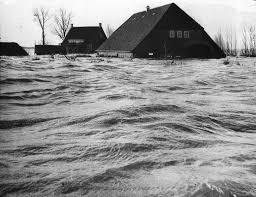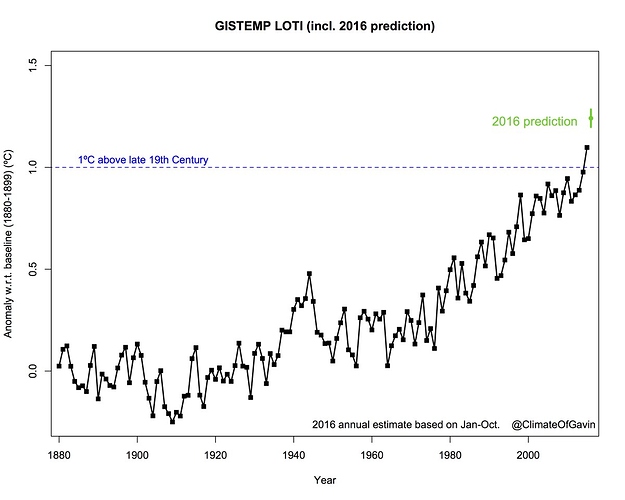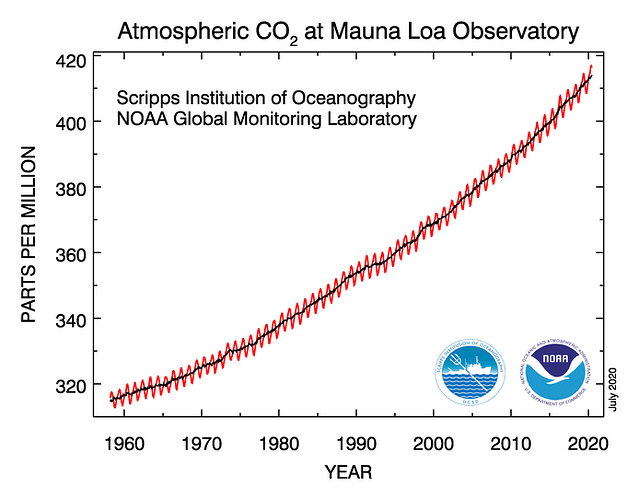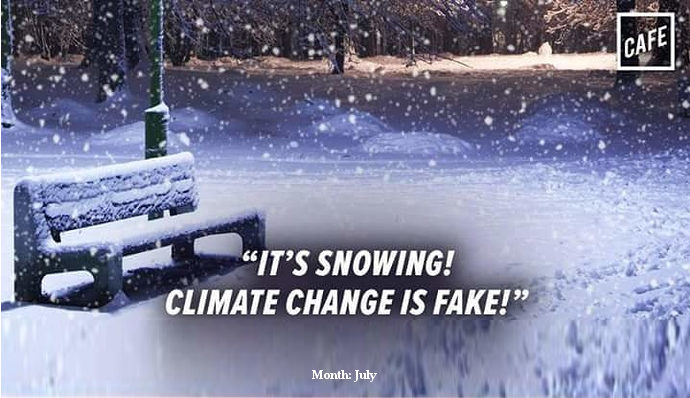_ _I grew up below sea-level.
_I grew up below sea-level.
For me, it was always very normal that the water in canals and rivers is higher than the surrounding land. Large pumps constantly pump excess groundwater into the canals and from the canals into rivers, which flow out into the sea.
We had a pump in our basement, that had to pump groundwater into the sewage system two meters above. At regular intervals, this pump would fail and then you would find me happily peddling around the basement in a tub with a large soup-spoon while my mum frantically tried to get the pump started again. Eventually my dad got so sick of it, that he bought a much better pump and that was the end of my boating-adventures in the basement.
_ _Little did I know then that in a large storm in February 1953, the dikes had broken and the whole province of Zeeland had been flooded. During WWII, the dikes had not been maintained and afterwards the country had been too impoverished to do anything about it. A wind-force 10 north-westerly combined with a high spring-tide proved too much for the dikes. Many people died that night and many more became homeless.
_Little did I know then that in a large storm in February 1953, the dikes had broken and the whole province of Zeeland had been flooded. During WWII, the dikes had not been maintained and afterwards the country had been too impoverished to do anything about it. A wind-force 10 north-westerly combined with a high spring-tide proved too much for the dikes. Many people died that night and many more became homeless.
Afterwards, the Delta Works were instated; a prestigious, ingenious and very costly plan that would shorten the Dutch coastline by 700 km and could temporary close off all rivers during a storm.
In 2013, the Delta Works were closed down in a large storm for the first time in my memory. Bhante Sujato was going to come and visit us that day and he had the last flight out of Hamburg before the airport closed down. The Delta Works held up beautifully and the night passed without any incidents.
_ _The Dutch have always had a great faith in the Delta Works and its ability to protect them from the sea. But now it slowly starts to dawn on them that the Delta Works were designed nearly 60 years ago for what they then thought were the worst conditions possible. But then nobody had even dreamed of the possibility that the base sea level could rise with 1-2 meters.
_The Dutch have always had a great faith in the Delta Works and its ability to protect them from the sea. But now it slowly starts to dawn on them that the Delta Works were designed nearly 60 years ago for what they then thought were the worst conditions possible. But then nobody had even dreamed of the possibility that the base sea level could rise with 1-2 meters.
Last month, a new television series on Dutch TV called “When the dikes break” became one of the most watched series. Although in my opinion a fairly standard dramatized disaster-film (from the few fragments I have seen), it does touch upon some of the problems we are facing: an unwavering trust in the ability of the Delta Works to cope with ever increasing forces, the realization that if the sea level rises by 2 meters, 75% of the country will be below sea level, and the logistic and financial nightmare of evacuating 10 million people in a large storm.
According to the experts it is not a matter of “if” the dikes break, but “when”.





